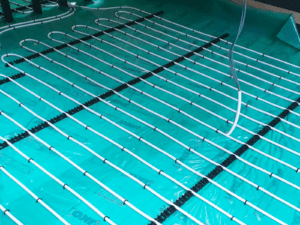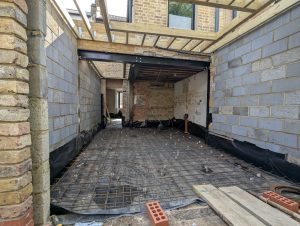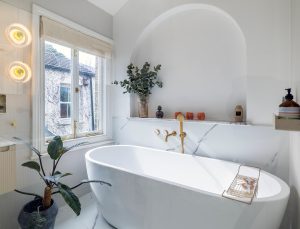With growing awareness of the environmental consequences of our actions, many of us are looking for ways to live more sustainably. As individuals, we are responsible for reducing our environmental impact. So, establishing an eco-friendly home, characterised by sustainability in structure and design, with energy-efficient appliances and materials, is a realistic solution. A home designed and built like this is dedicated to eliminating waste and fostering a healthier environment. In this article, we will look at the steps you can take to construct an eco-friendly home while reaping the benefits of a more sustainable, healthier living environment.
Here are some steps you can take to create an eco-friendly home.
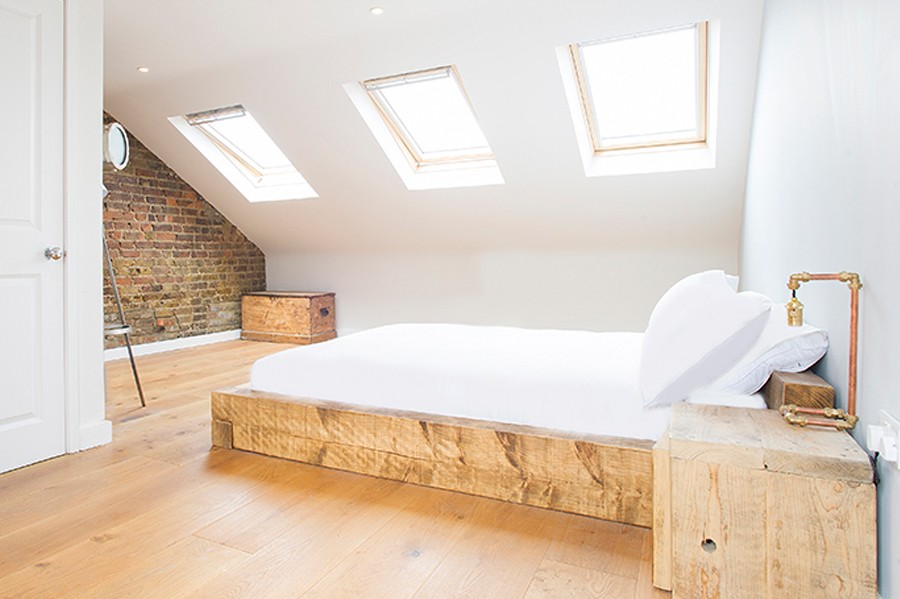
Use Sustainable Building Materials
The materials used to build your home might have a substantial environmental impact. Therefore, it is mindful to pick ecologically friendly, sustainable building materials while designing your home. For example, bamboo, recycled plastic, and reclaimed wood are excellent ecological building materials.
- Bamboo: Bamboo, a rapidly growing type of grass, stands out for its sustainability and minimal environmental impact. Incredibly resilient and sturdy, it serves as an ideal material for flooring, furniture, and even the structural elements of a house.
- Recycled plastic: The versatility of recycled plastic enables it to serve numerous building purposes, such as insulation, roofing, and flooring. The volume of plastic waste accumulating in landfills and oceans dwindles by using recycled plastic.
- Reclaimed wood: Reclaimed wood has been salvaged from old buildings or structures. Using reclaimed wood reduces the demand for new timber and gives new life to a material that would otherwise end up in a landfill.
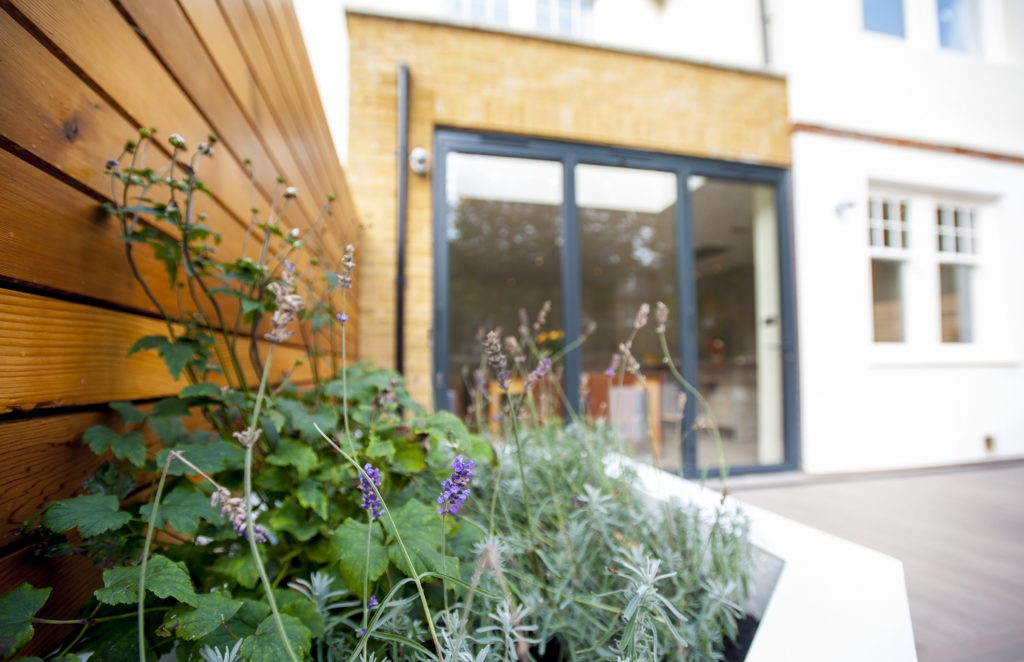
Insulate Your Home Properly
Insulating your home properly is one of the most efficient strategies to reduce energy usage. In addition, this will assist in keeping your home warm in the winter and cool in the summer, decreasing the demand for heating and cooling equipment.
Quality insulation not only lowers your energy expenses but also helps the environment. It decreases your energy consumption by reducing your carbon footprint and helps to mitigate climate change. When insulating your home, use eco-friendly insulation materials and work with a skilled professional to ensure proper installation. By following these steps, you can construct an energy-efficient, eco-friendly house that is comfortable and healthy for you and your family.
- Identify Problem Areas: The first step in insulating your home is to identify problem areas that need insulation. Common areas that require insulation include attics, walls, floors, and crawl spaces.
- Eco-Friendly Materials: When choosing insulation materials, opt for eco-friendly options free of harmful chemicals. For example, look for insulation made from natural fibres like wool and cotton or recycled materials like denim and newspaper.
- High-Quality Materials: Using high-quality insulation materials ensures your home is well-insulated and energy efficient. Look for insulation with a high R-value, which measures how well insulation resists heat flow.
- Seal Air Leaks: In addition to insulation, sealing air leaks is another important step in creating an energy-efficient home. Common air leaks include gaps around doors and windows and cracks in walls and ceilings. Use caulk to seal these gaps and prevent drafts.
- Insulate Water Heater: Insulating your water heater can also help reduce energy consumption. You can purchase an insulating jacket for your water heater or wrap it with insulation material.
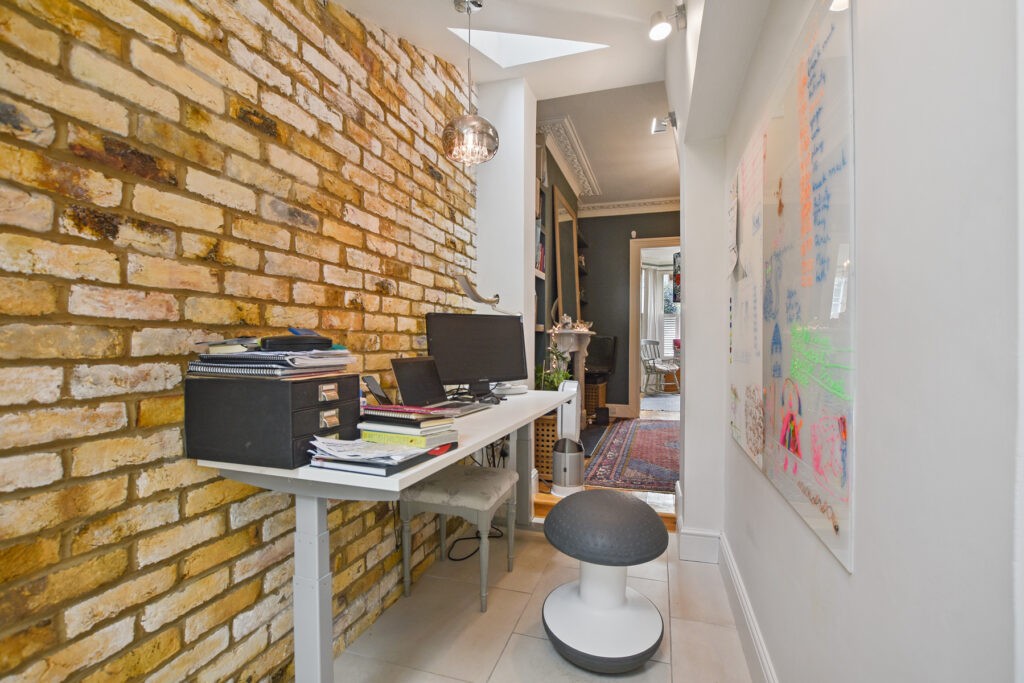
Install Energy-Efficient Appliances
Installing energy-efficient appliances is essential in creating an eco-friendly home, particularly in the UK, where energy prices tend to be higher. Energy-efficient appliances are a must for an eco-friendly home. This is because they use less energy than traditional appliances, which can help save money on utility bills and reduce your carbon footprint.
It’s no secret that conventional appliances can be quite the energy guzzlers, ultimately leading to increased utility bills and heightened greenhouse gas emissions. However, you can drastically cut down on your household’s energy consumption and ecological footprint by switching out old, outdated appliances with newer, energy-efficient models.
Here are some tips for choosing energy-efficient appliances in the UK:
- The Energy Saving Trust: The Energy Saving Trust is an independent organisation that certifies products that meet energy efficiency standards. Look for appliances with the Energy Saving Trust Recommended label to ensure they meet these standards.
- Energy Efficiency Rating: The energy efficiency of appliances in the UK is measured using an Energy Efficiency Rating (EER) system using a scale from A+++ (most efficient) to D (least efficient). The ratings are determined based on the energy consumption of the appliance and its performance.
- Energy-Saving Features: Many appliances come with energy-saving features like timed settings, automatic shut-off, and low-power modes. Look for these features to reduce energy consumption further.
- Opt for smaller appliances: Smaller appliances typically use less energy than larger ones. Opt for smaller models that meet your needs when choosing appliances like refrigerators, washing machines, and dishwashers.
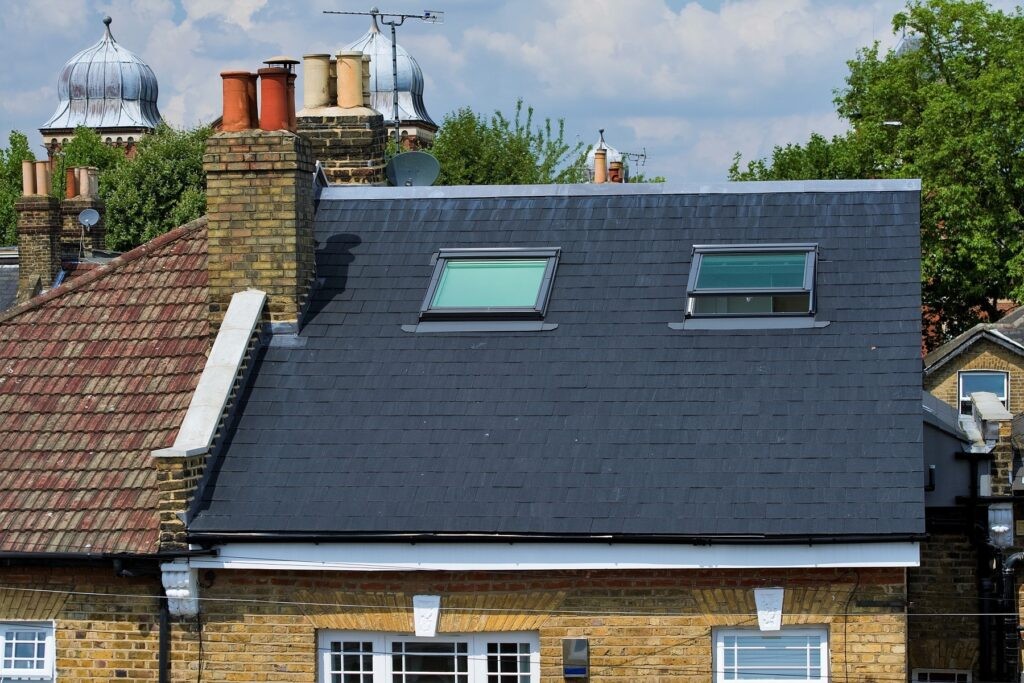
Use Renewable Energy Sources
Renewable energy sources such as solar panels can help you reduce your home’s dependency on fossil fuels. They generate electricity from renewable sources and can help you save money on your energy bills in the long run. Consider installing solar panels on your roof to power your home.
Using renewable energy sources is an essential step in creating an eco-friendly home. Renewable energy sources generate electricity from clean sources like the sun, wind, and water and can significantly reduce your home’s reliance on fossil fuels.
Here are some ways to incorporate renewable energy sources into your home:
- Install solar panels: Solar panels are a popular option for homeowners looking to generate their own electricity. They capture sunlight and convert it into electricity that can power your home.
- Use renewable energy providers: Another option for using renewable energy is to switch to a renewable energy provider. Many energy companies offer green tariffs, which supply electricity generated from renewable sources like wind, solar, and hydro.
- Utilise heat pumps: Heat pumps are a renewable technology that can provide heating and hot water for your home. They extract heat from the ground, air, or water and transfer it to your home.
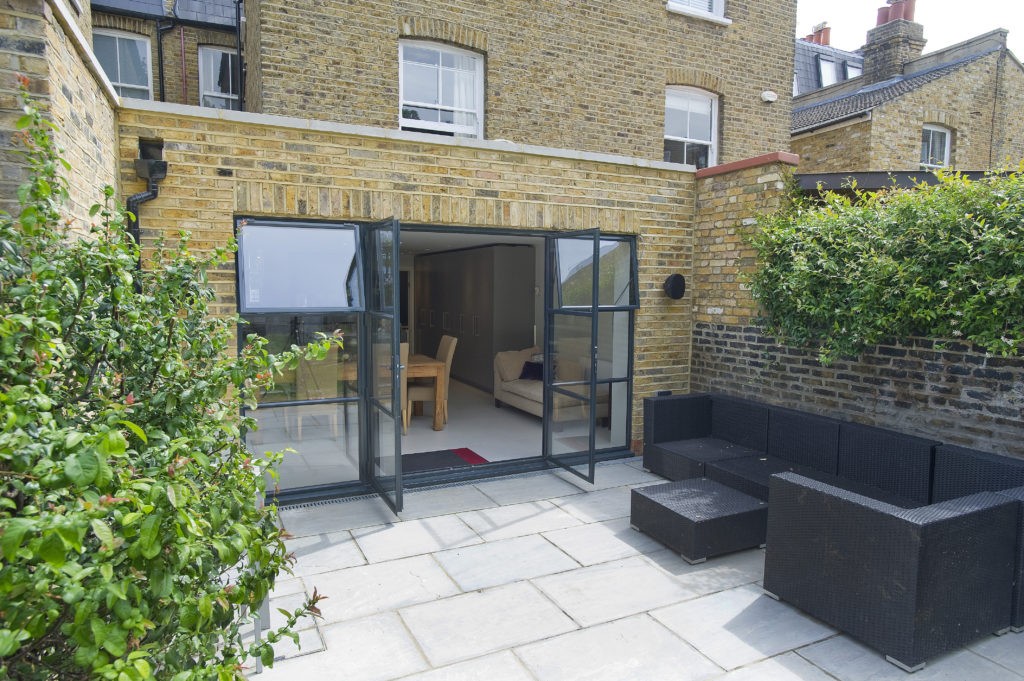
Reduce Water Usage
Reducing your water usage is another important step in creating an eco-friendly home. Install low-flow showerheads and toilets, fix any leaks promptly, and consider using a rainwater harvesting system to collect water for outdoor use.
- Install Low-Flow Fixtures: One of the easiest ways to reduce water usage is by installing low-flow showerheads, faucets, and toilets. Low-flow fixtures can significantly reduce water consumption without sacrificing performance.
- Fix Leaks: Even a small leak can waste significant water over time. Make sure to promptly fix any leaks you discover, whether a dripping faucet or a running toilet.
- Collect Rainwater: Installing a rainwater harvesting system is a great way to reduce water usage. This system collects rainwater from your roof and stores it in a tank, which can be used for outdoor watering or other non-potable purposes.
- Use Water-Efficient Appliances: When purchasing appliances like dishwashers and washing machines, look for models that are designed to be water-efficient. These appliances can help you save water and reduce your overall consumption.
- Reduce Outdoor Water Usage: Consider using drought-tolerant plants in your landscaping, which require less water to thrive. Watering your garden in the early morning or evening can also help minimise water loss due to evaporation.
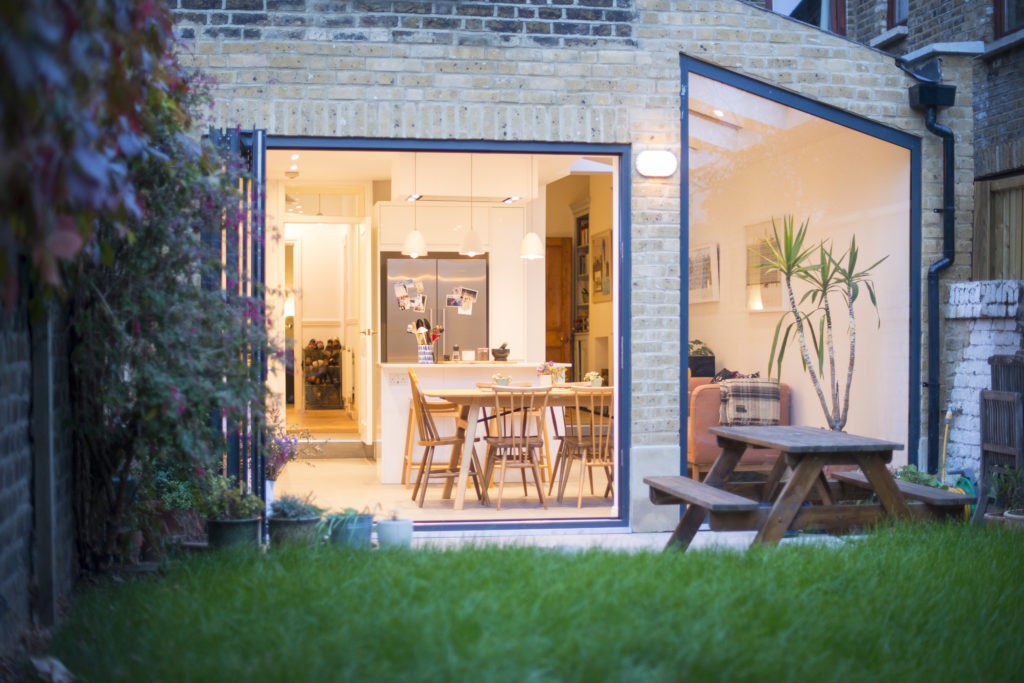
You don’t have to make it complicated or expensive to create an eco-friendly home. By making small changes like using sustainable materials, installing energy-efficient appliances, and reducing your water usage, you can make a big difference in the environment and your wallet. Start small and work your way up, and before you know it, you’ll have a stylish and sustainable home.


